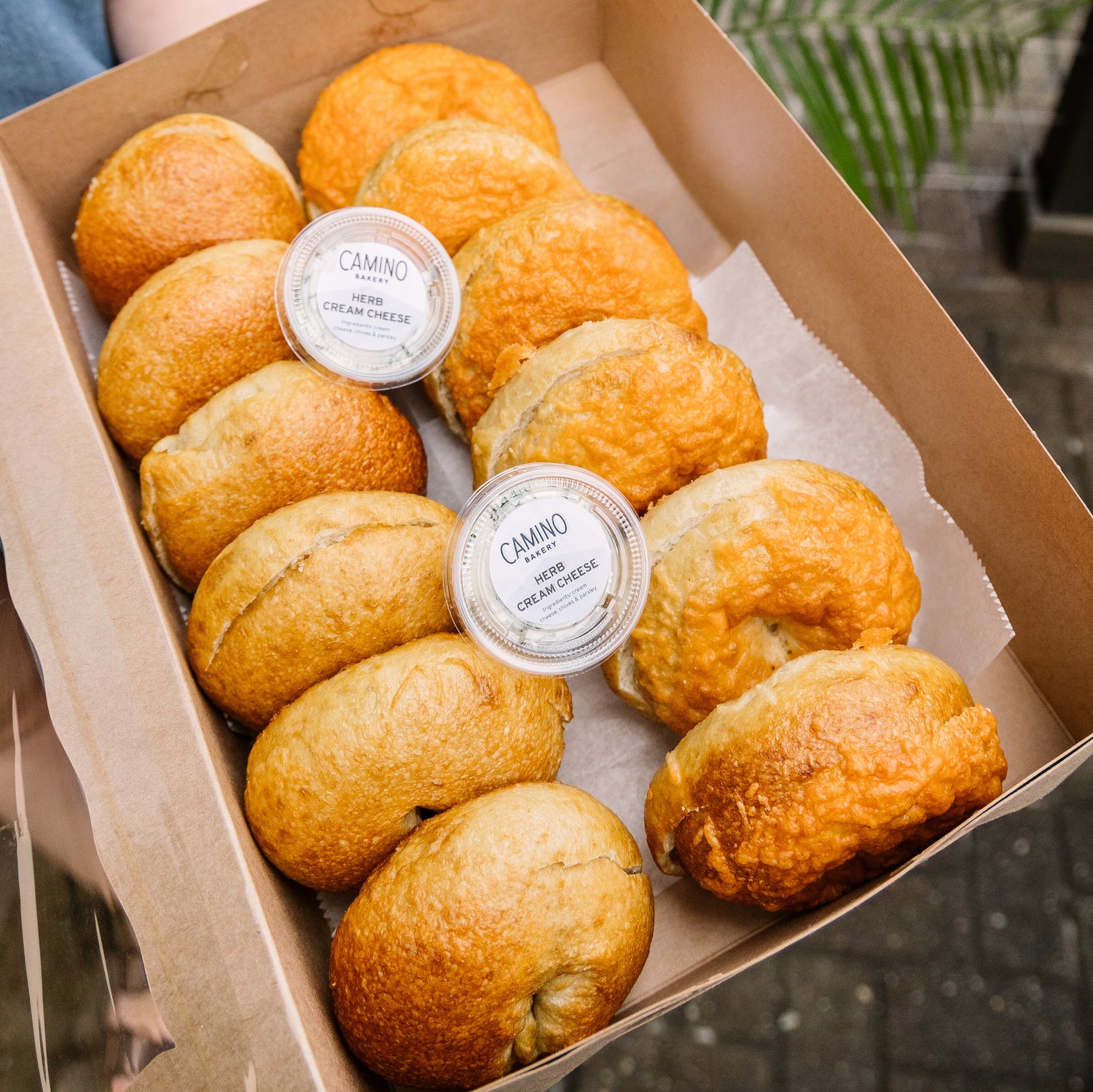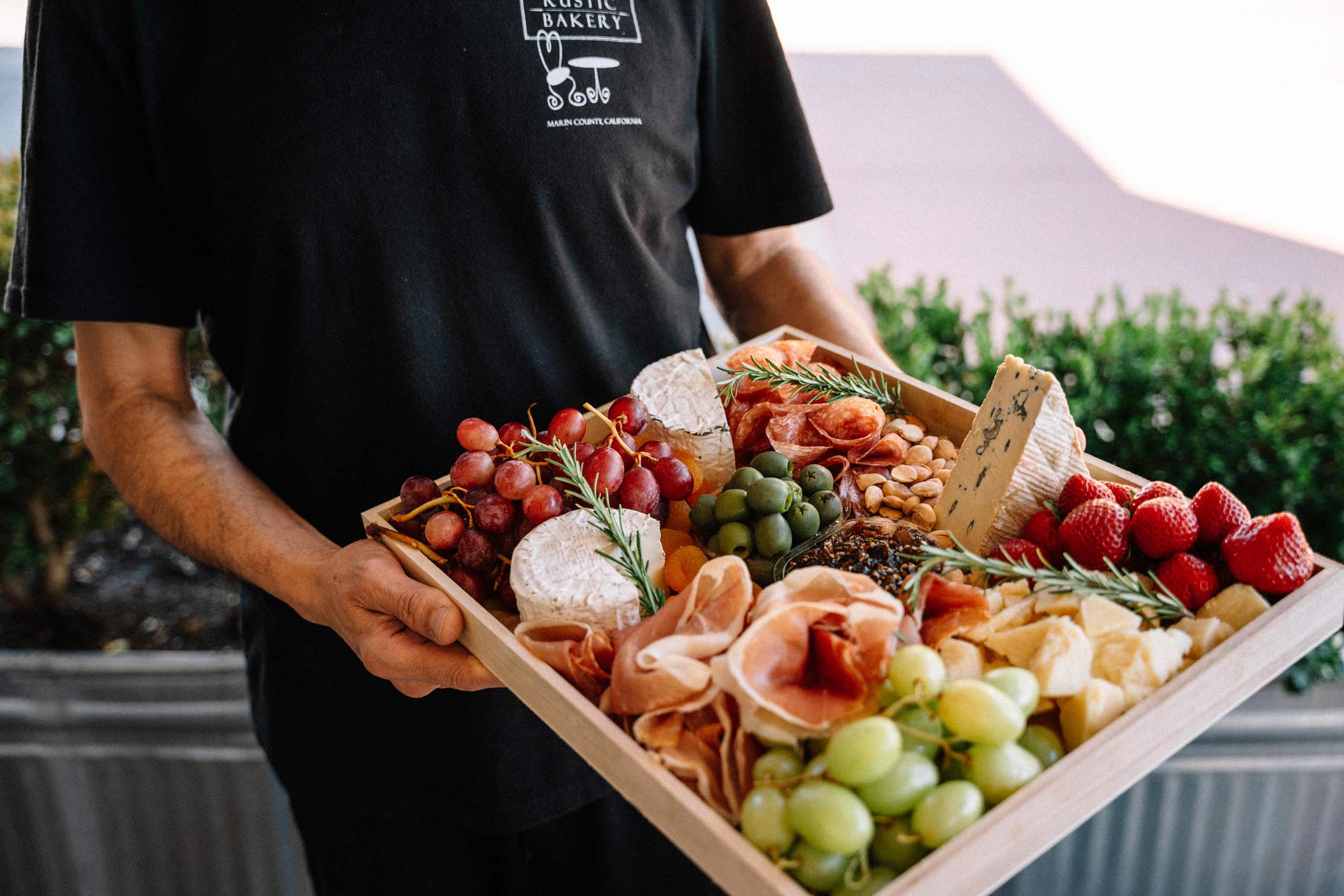Understanding the Art of Bakeshop Products: From Fresh Baked Breads to Irresistible Pastries and Finger Foods
The elaborate art of pastry shop items encompasses a spectrum of methods and components that change basic components into cooking thrills. From the scientific research behind the perfect loaf of bread, where fermentation and gluten development play essential duties, to the skill needed for developing layered pastries, each aspect exposes an engaging story of workmanship. The versatility of finger foods illustrates exactly how flavor and structure can be skillfully incorporated to involve varied taste preferences. As we check out these aspects, one might question: what underlying concepts govern the success of these cherished developments?
The Science of Bread Making
At the heart of every loaf of bread lies a remarkable interaction of chemistry and biology. The procedure of bread making begins with the mix of flour, water, yeast, and salt-- each active ingredient playing a critical function in the end product. Flour contains healthy proteins, mainly glutenin and gliadin, which, when blended with water, type gluten (Bakery Catering Maddington). This flexible network is vital for capturing gases created throughout fermentation.
Yeast, a living organism, ferments the sugars present in the flour, generating carbon dioxide and alcohol in the process. The co2 gas produces bubbles in the dough, triggering it to rise and develop a light texture. The temperature and humidity during fermentation significantly affect yeast activity and, as a result, the bread's taste and appearance.

Learning Bread Strategies
Exactly how can one achieve the delicate equilibrium of structure and taste that specifies exceptional bread? Grasping bread techniques calls for a deep understanding of ingredients, approaches, and the scientific research behind them. Essential to this craft is the selection of top notch ingredients-- flour, butter, sugar, and eggs-- each playing a critical function in the end product's flavor and appearance.
The technique of lamination, which entails folding layers of dough and butter, creates the preferred flakiness in breads like croissants and puff bread. Accuracy in temperature is important, as butter needs to remain chilly to make certain ideal layers. Proper mixing approaches, such as the creaming technique for cakes, guarantee even consolidation of air and fat, resulting in a light and ventilated crumb.
Moreover, maintaining the best moisture degrees throughout baking can considerably impact the result, making certain that pastries rise correctly and achieve that golden-brown surface. The art of bread additionally requires persistence and method; each attempt enhances one's skill and understanding of the elaborate balance needed to create irresistible pastries that thrill the detects. Proficiency in these methods eventually distinguishes a proficient pastry chef from an amateur.
Kinds Of Finger Foods
The world of cooking thrills prolongs beyond breads to incorporate a large variety of finger foods, which are celebrated for their benefit and flexibility. These bite-sized treats are perfect for celebrations, offering an array of tastes and structures that cater to varied tastes buds.

On the sweeter side, bite-sized cupcakes and small tarts provide a fascinating coating to any meal, appealing to those with a wonderful tooth. Additionally, cheese and charcuterie boards work as an advanced choice, enabling guests to customize their bites with an array of meats, nuts, cheeses, and fruits.
Flavor Profiles in Baking
Baking is an intricate dance of taste accounts that incorporates pleasant, mouthwatering, Read Full Report and umami notes to develop an unified experience for the taste buds. Understanding these profiles is essential for bakers seeking to boost their productions.
Active ingredients such as chocolate and sugar introduce intricate wonderful notes that can either dominate or match other flavors. Ingredients like cheeses, natural herbs, and spices can transform a basic dough into a diverse taste experience.
Umami, often forgotten in baking, plays a substantial role in enhancing tastes. Ingredients such as aged cheeses, fermented items, and even specific nuts add to a savory depth that boosts overall taste.
In addition, the interplay of acidity from active ingredients like buttermilk or citrus this article zest can brighten tastes, offering a rejuvenating counterpoint to sweet taste. By thoughtfully integrating these taste accounts, bakers can craft items that resonate with varied palates, creating a remarkable culinary experience. Eventually, understanding flavor profiles is crucial to innovation worldwide of cooking.
Important Baking Equipments and Active Ingredients
Comprehending flavor profiles in cooking collections the stage for choosing the right tools and ingredients that facilitate the production of phenomenal baked items. A trustworthy set of baking frying pans-- such as sheet frying pans, loaf pans, and cake pans-- is crucial for attaining preferred shapes and textures.
Flour offers as the backbone of a lot of dishes; selecting the right kind-- be it all-purpose, bread, or bread flour-- can drastically impact the result. Cooking powder and baking soda are essential for developing lift in cakes and pastries.
In addition, incorporating taste boosters like vanilla extract, seasonings, and citrus zest can raise your productions. By ensuring accessibility to these fundamental tools and components, bakers can with confidence start their culinary trip, crafting a varied range of fascinating baked items.
Final Thought
Finally, the art of pastry shop products encompasses a profound understanding sites of both innovative methods and clinical concepts. Proficiency in bread making, pastry prep work, and finger food discussion discloses the detailed relationships between components and procedures. Furthermore, exploring diverse flavor profiles enhances the baking experience, while crucial devices and active ingredients provide the foundation for success. Eventually, the charming globe of cooking prospers on the unified interplay of science and creativity, resulting in a myriad of delightful culinary creations.
How can one attain the delicate balance of appearance and flavor that defines remarkable bread? Essential to this craft is the selection of high-quality active ingredients-- flour, butter, sugar, and eggs-- each playing a critical function in the final item's flavor and appearance.

Comprehending taste accounts in cooking collections the phase for picking the right devices and active ingredients that facilitate the creation of remarkable baked products. Discovering varied taste accounts improves the baking experience, while essential devices and ingredients offer the foundation for success.
Comments on “Phenomenal Catering Maddington Solutions for Your Next Event”